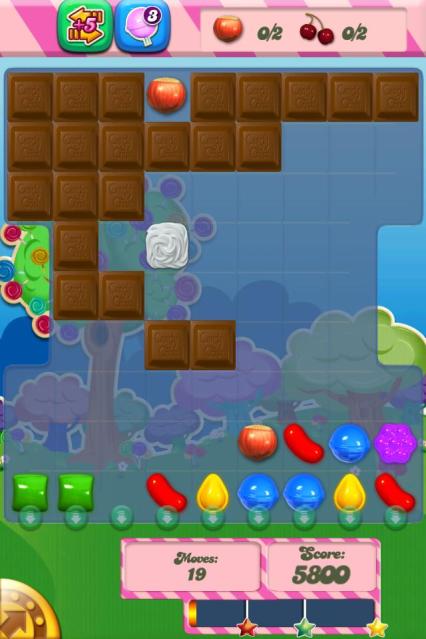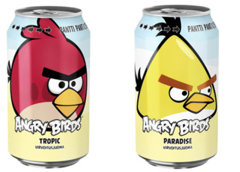In the 13 months I have had an iPhone, I have never bought an app. I have never made an in-app purchase, unless placing an eBay bid counts. I know I will do these things at some point, but I have an inclination against them. Even though most are only $1, I still tend to think there are ways I would rather spend the money.
I started thinking about my disinterest in buying apps because The Guardian technology blog reported last week that 70 percent of people on the last level of Candy Crush Saga have not paid for any of the game’s in-app features, such as extra lives and the ability to skip “quests” (special challenges players must complete to unlock levels at certain points in the game).
I can only figure this 70 percent of players are a) the sort of players who adamantly refuse to take any shortcuts because that’s not the way they were raised when it comes to video games (like me), or b) the sort who will gladly connect the game to Facebook (more on that in tomorrow’s post).

It appears, however, that the players willing to pay in Candy Crush Saga’s “freemium” model are bringing profits to its developer, King. According to the Guardian, King’s estimated daily revenues range from $623,000 to $823,000.
This revenue stream, in all likelihood, will not last forever. Except for classic games that are ported to new platforms again and again with every new generation (Tetris is the example of all examples), the window of time in which any given video game makes money is fairly small. Candy Crush Saga is probably not innovative enough to be one of those games, so it cannot continually rely on a handful of paying customers to keep up the cash flow.
How, then, does a freemium game manage to extend the life of its moneymaking capabilities?
In a recent article for Grantland, blogger/staff writer Carles pointed out the best way: expanding its brand to sales of physical products.
Carles’s example of successfully creating “real-life” brand value is Angry Birds. On top of having tremendous sales of the games, Angry Birds developer Rovio has licensed the game for clothes, toys and even soft drinks.
The value of merchandising cannot be overstated. I have five of the Angry Birds games for iPhone, all of which I downloaded when they were featured in “free app of the week” promotion. The fact that Rovio did not get $5 from me for the games is not as important as the fact that I bought my brother the first Angry Birds board game, Angry Birds: Knock on Wood, for Christmas.
While Rovio did not get all the money from that sale (as the game was released by Mattel), the sale contributed to the overall success of turning a $1 video game into a $15 board game. Mattel has released several more Angry Birds board games since the 2011 release of Angry Birds: Knock on Wood.
Yahoo! News reported that in May 2013, all the Angry Birds games dropped out of the top-100 highest-grossing iPhone apps chart in the US, marking the first time Rovio did not have a top-100-grossing iPhone app in the US since January 2010. Eventually, the same will happen to Candy Crush Saga, so King needs to develop the brand for its ultra-popular game to stay financially successful.

This kind of branding will likely be harder for Candy Crush Saga. Its odd-looking characters are not the sort of images I see selling shirts, and they are not part of the gameplay (the characters mostly appear in cutscenes), so toys might be a tough sell. And while the puzzle game subgenre of “match three things in a row” has shown to be popular in video games (as seen in Candy Crush Saga and Bejeweled), board games (a source of merchandising not only for Angry Birds but also for Temple Run and Words With Friends) would probably not be as enticing.
Despite the potential difficulties of marketing toys and clothes, however, the Candy Crush Saga name still has value. Until the next big development in the game happens, it seems the answer to “how does King get the 70 percent to spend some money on the app?” is to transfer their enjoyment of the game into other areas.
Maybe the official Candy Crush Saga candy is closer than we think.